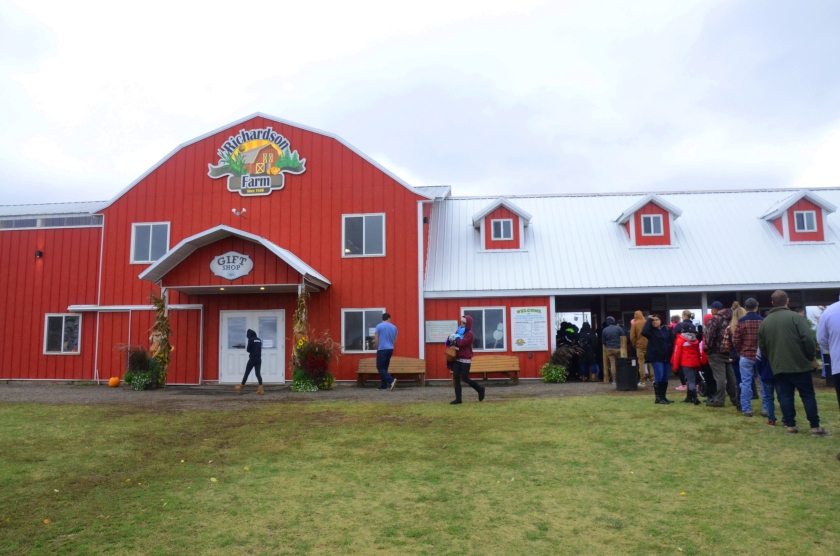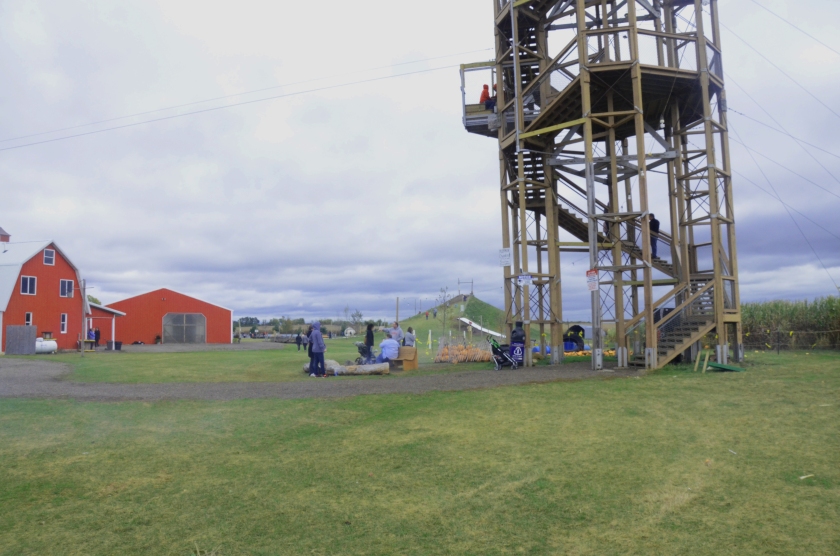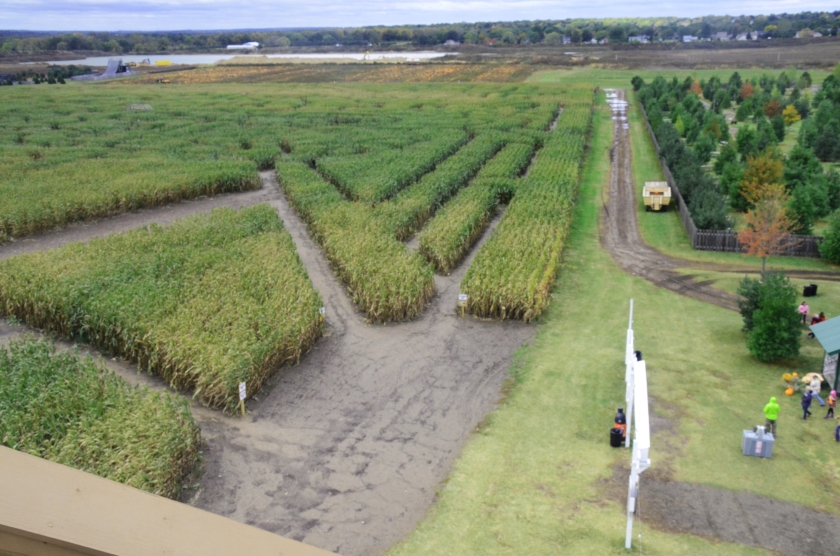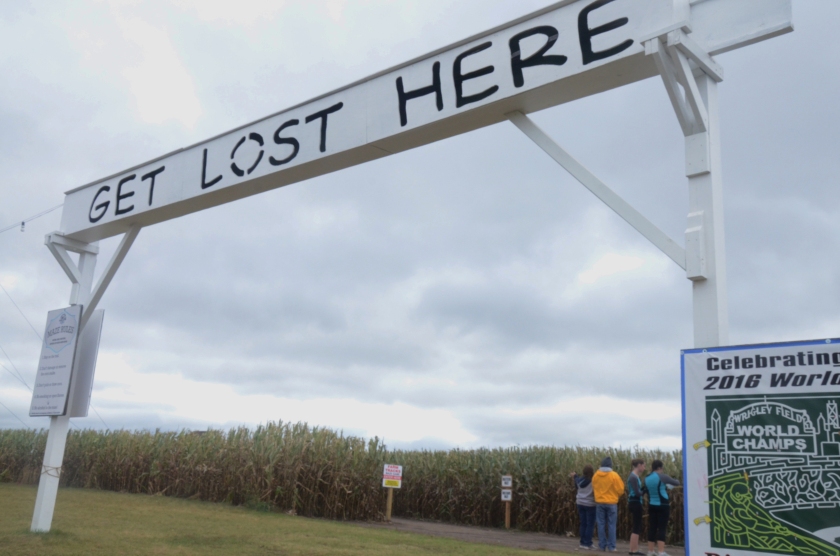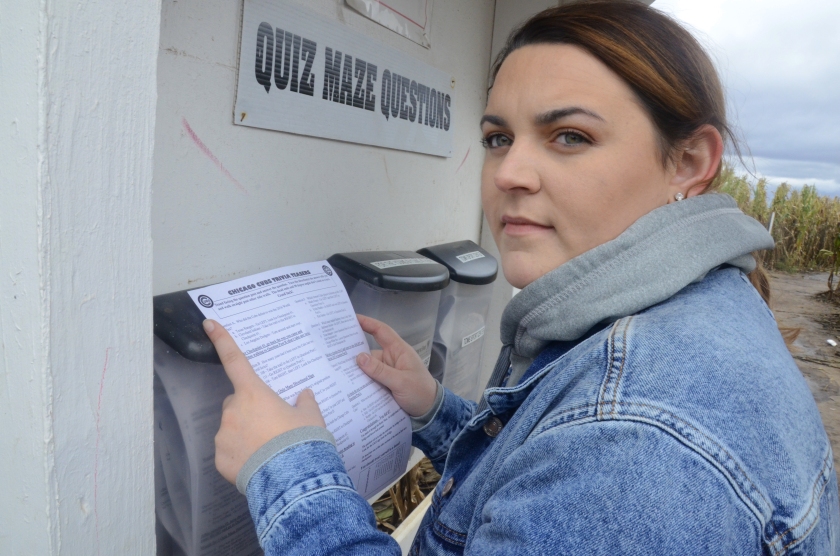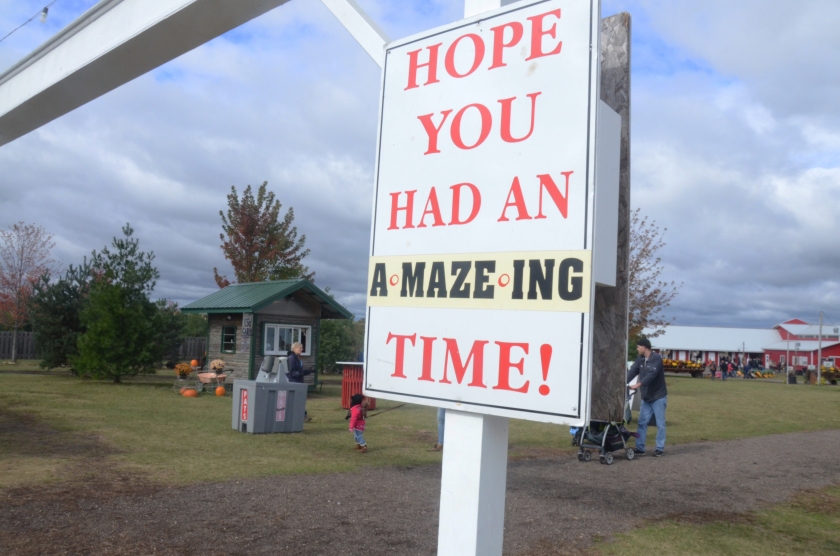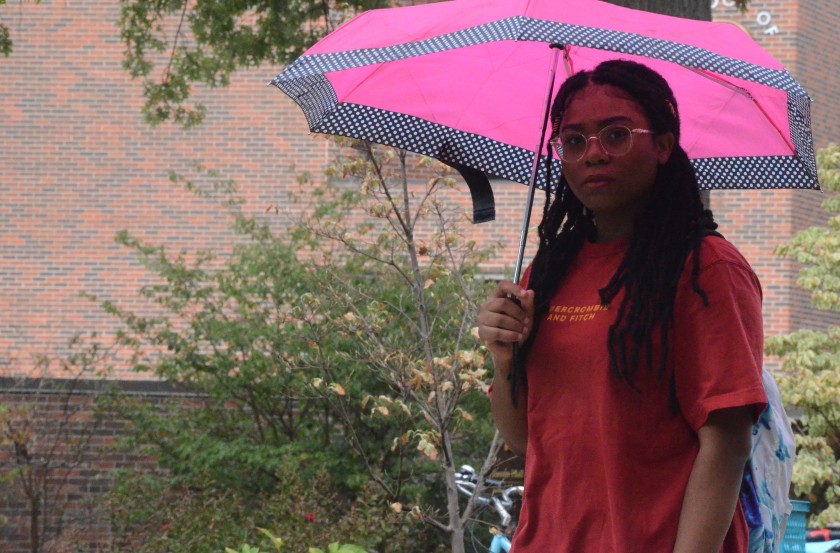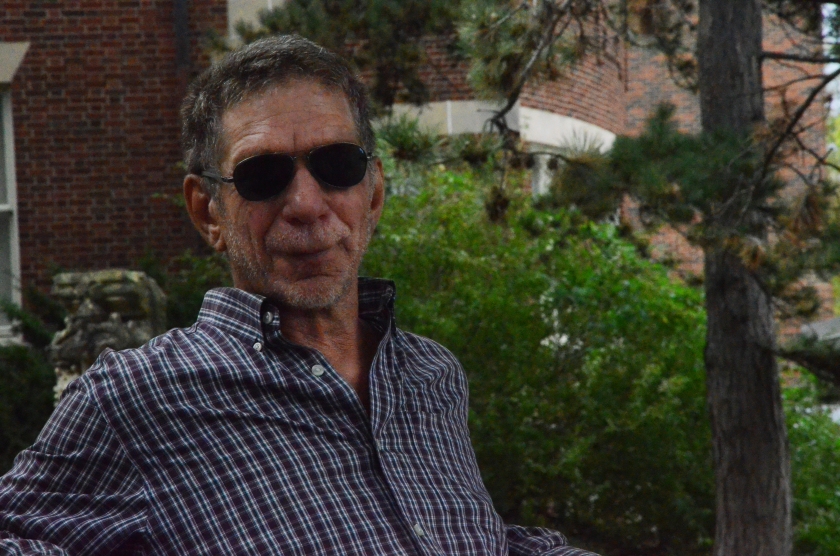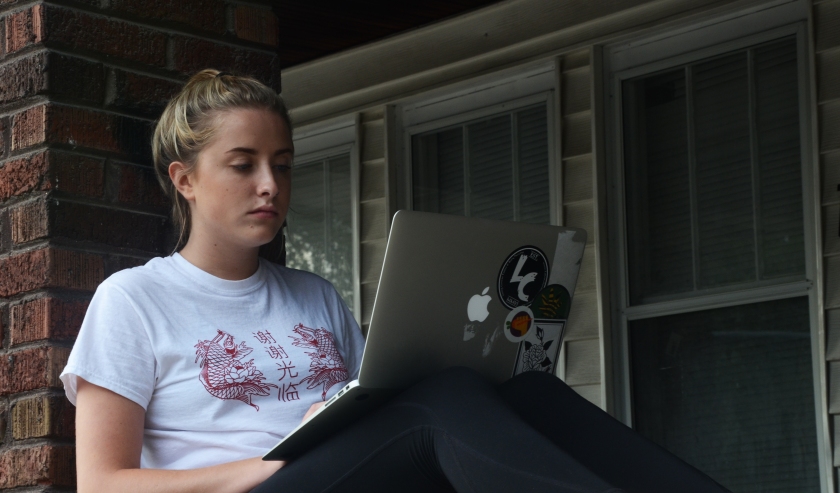The New York Times wrote an article on North Korea’s recent claim that they have tested a hydrogen bomb meant for missiles. The article, ‘North Korea Says It Tested a Hydrogen Bomb Meant for Missiles’, does a great job of incorporating photos, text, graphics and a video story in order to deliver an informative, thorough article.
The article begins with a photo that was released by North Korea and features the country’s leader, Kim Jong-un, inspecting what they claim is a hydrogen bomb that they would use to fit into a missile. This picture grabs the reader’s attention and brings in the focus of the article. As the article continues, it further explains how serious it is to investigate if they actually tested a hydrogen bomb. It also introduces a graphic to illustrate why scientists are skeptical of their claim. By incorporating a visual graphic, it allows reader’s to understand a complex topic in a simpler way. It takes readers through the stages of creating a hydrogen bomb. I think the fact that this graphic is incorporated in the beginning of the article is effective.
In the middle of the article an audio story is presented. This video helps people understand the phases of a missile launch and the difficulty in intercepting a missile. I think that this video is used well and encourages readers to get more engaged with the article. Another effective aspect of the article features a link to a graphic that explains if North Korea could actually have the potential to hit the United States with a missile. In addition to the pictures, video and text this graphic brings everything full circle and continues to not only inform readers, but keep them engaged.
The most effective part of the blog would be the video. I think that placing the video in the middle of the article was smart and continues to make readers want to keep reading and learn more. Although I found the link to graphics on if they could actually hit us important, I think it could have been incorporated better if it was actually placed into the article on its own rather than taking the reader to a different page. However, I assume they did that so that the article wasn’t too long.
Each of these elements play a role in making this article informative and effective. They each work together by analyzing different scenarios and potential outcomes of a missile attack.

